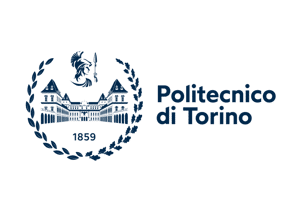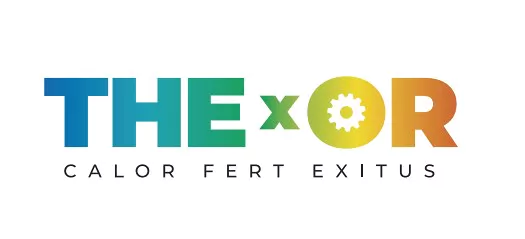

The group's main activity is the development and tuning of
investigation techniques based on passive and active thermography,
for the study of the damage condition of materials and mechanical
components. The use of passive or non-stimulated thermography by
the research group was born at the end of the last century and has
focused on the study of the fatigue of materials and components by
monitoring the so-called damage parameters during fatigue tests,
such as for example the surface temperature detected by an
infrared camera. In particular, this trend has had as main
objective that of defining a new thermographic, and therefore
non-destructive method, known in the literature as the TCM method
(Two Curves Method), for the fatigue characterization of materials
and components through an iterative process. TCM thermographic
method with its subsequent elaborations has been used for the
characterization of the classic phenomena that influence the
fatigue of materials and mechanical components, such as for
example the surface finish and the notch effect, and for the
determination of the corresponding residual life .Recently,
infrared camera monitoring has provided information on the
initiation and propagation paths of cracks in aerospace gears. A
further development of passive thermography techniques is its
application to tribological phenomena, in particular to the
characterization of lubricants by means of traditional pin-on-disk
tests and in mechanical components such as ball bearings. Over the
years the activity on thermographic methods has further expanded
especially in the field of so-called active or stimulated
thermography.